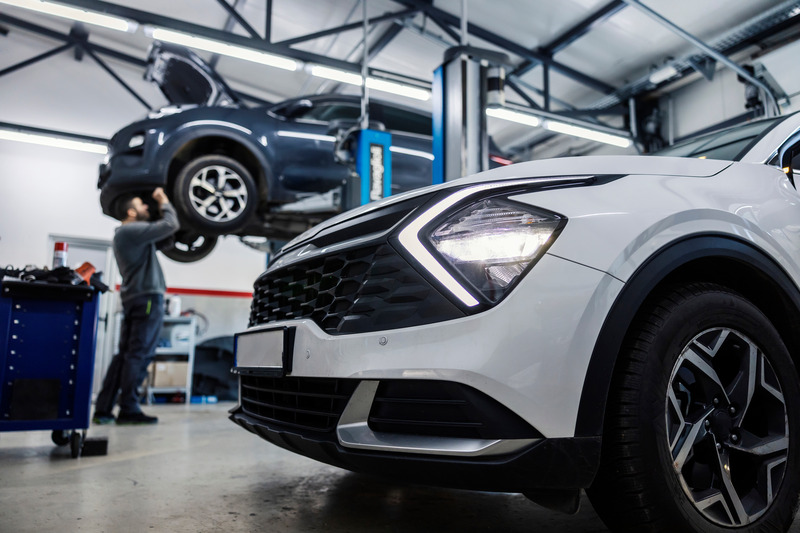Fuel efficiency is a major concern for drivers, especially with fluctuating fuel prices. While many factors affect how much fuel your car consumes, tyre pressure is one of the simplest yet most overlooked aspects. Properly inflated tyres not only improve fuel economy but also enhance safety and prolong tyre lifespan.
If you want to maximise your car’s efficiency and reduce running costs, here’s why tyre pressure matters—and how to maintain it effectively.
1. The Link Between Tyre Pressure and Fuel Consumption
When underinflated tyres create more rolling resistance, forcing the engine to work harder to move the vehicle. This extra effort burns more fuel, decreasing your car’s overall efficiency.
Key Statistics:
✔ Underinflated tyres can reduce fuel efficiency by up to 3%.
✔ Driving with the correct tyre pressure can save hundreds of dollars in fuel annually.
✔ Properly inflated tyres improve handling and braking performance.
Why It Matters:
Minor adjustments to tyre pressure can significantly affect fuel consumption and overall driving costs.
2. How to Check and Maintain Tyre Pressure
Regularly checking and adjusting tyre pressure ensures optimal fuel efficiency and performance.
Simple Steps to Maintain Tyre Pressure:
✔ Use a tyre pressure gauge to check all four tyres at least once a month.
✔ Check pressure when tyres are cold for accurate readings.
✔ Inflate tyres to the manufacturer’s recommended PSI (found in your owner’s manual or inside the driver’s door).
Why It Matters:
Neglecting tyre pressure can lead to unnecessary fuel expenses and premature tyre wear.
3. The Hidden Costs of Driving with Incorrect Tyre Pressure
Ignoring tyre pressure doesn’t just waste fuel—it can also lead to costly repairs and safety risks.
Consequences of Underinflated Tyres:
✔ Increased fuel consumption due to added rolling resistance.
✔ Uneven tyre wear, leading to frequent replacements.
✔ Higher risk of tyre blowouts, especially at high speeds.
Why It Matters:
Maintaining proper tyre pressure prevents expensive repairs and improves road safety.
4. The Best Time to Check Tyre Pressure
Timing is crucial when measuring tyre pressure. Checking at the wrong time can lead to inaccurate readings.
When to Check:
✔ Early morning or before driving—tyres heat up after use, affecting readings.
✔ Before long trips to ensure maximum efficiency.
✔ After significant temperature changes, as cold weather can reduce pressure.
Why It Matters:
Consistently monitoring tyre pressure ensures your car runs efficiently in all conditions.
5. How Tyre Pressure Affects Used Cars
When buying a used car, checking tyre condition and pressure can provide insight into how well the vehicle was maintained.
Key Things to Look for in a Used Car’s Tyres:
✔ Even tread wear—uneven wear may indicate poor maintenance.
✔ No visible cracks or bulges that could signal ageing tyres.
✔ Proper pressure levels to ensure immediate fuel efficiency.
Why It Matters:
A well-maintained set of tyres on a used car can save you money on fuel and future replacements.
Final Thoughts
Maintaining the correct tyre pressure is one of the simplest yet most effective ways to improve fuel efficiency, extend tyre life, and enhance safety. By making regular tyre checks part of your routine, you can save money on fuel and avoid costly repairs. Looking for a fuel-efficient and well-maintained used car? At Cars4Us, we offer high-quality pre-owned vehicles that are checked for performance and reliability. Explore our collection today and find a car that keeps your fuel costs low while delivering a smooth ride.







